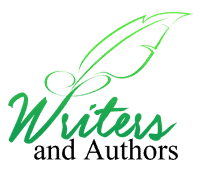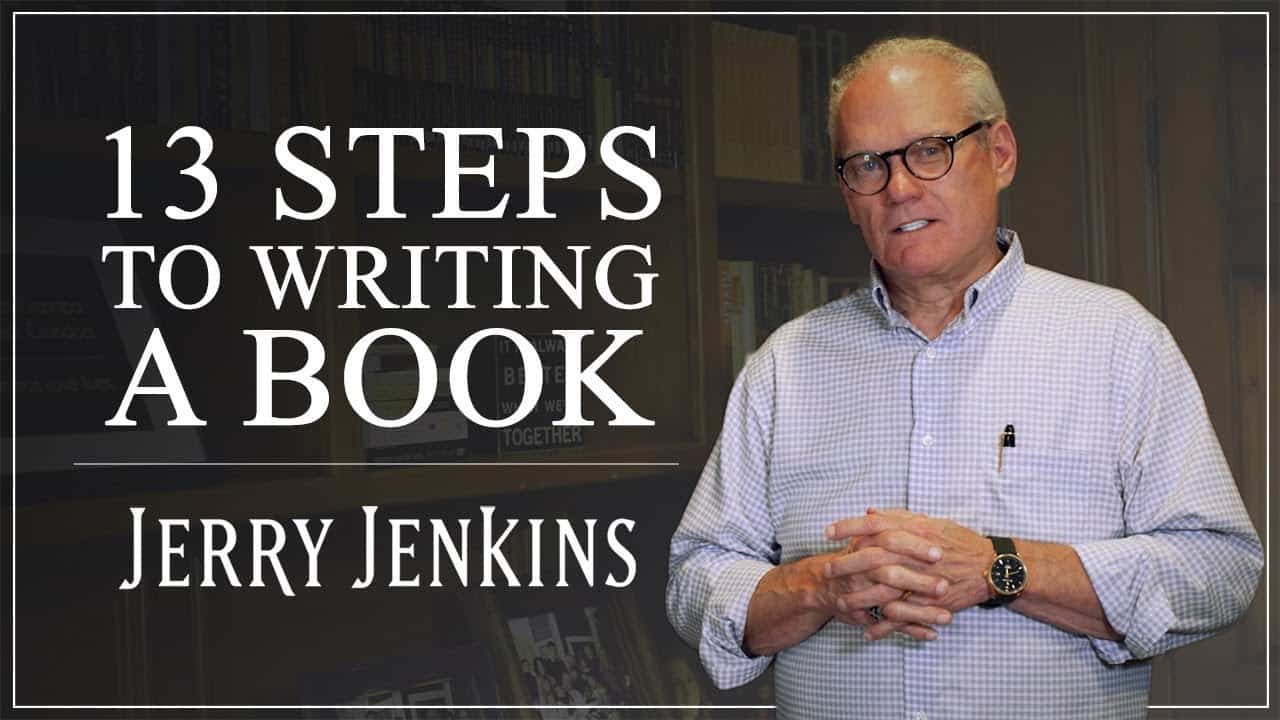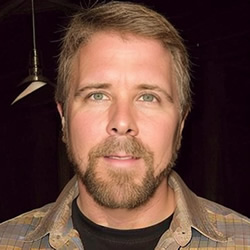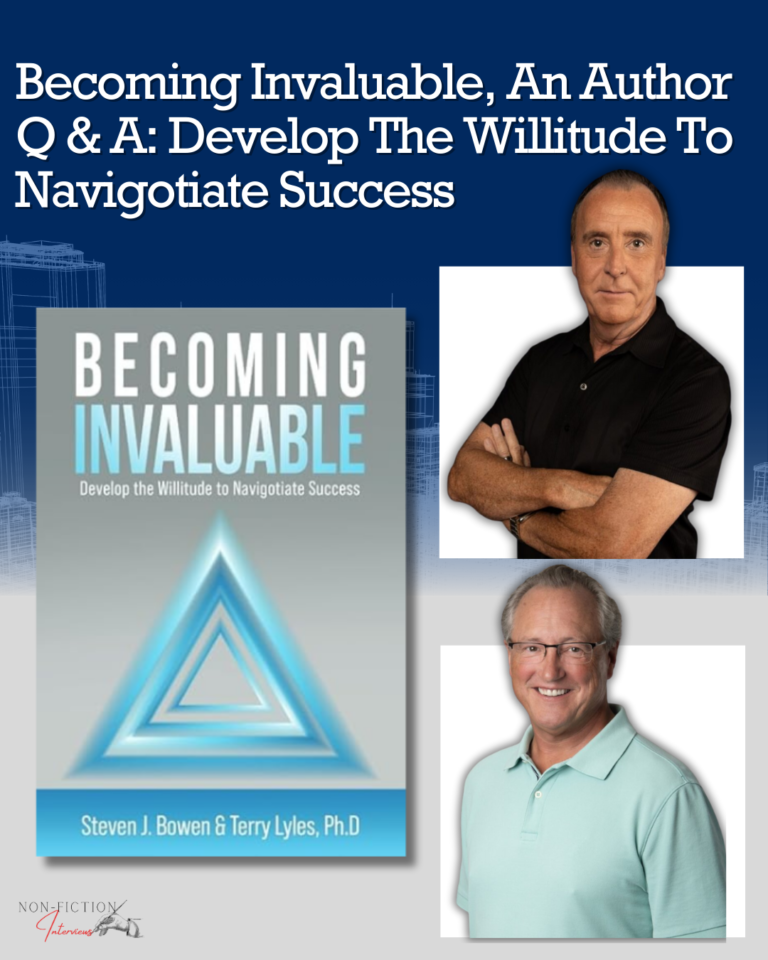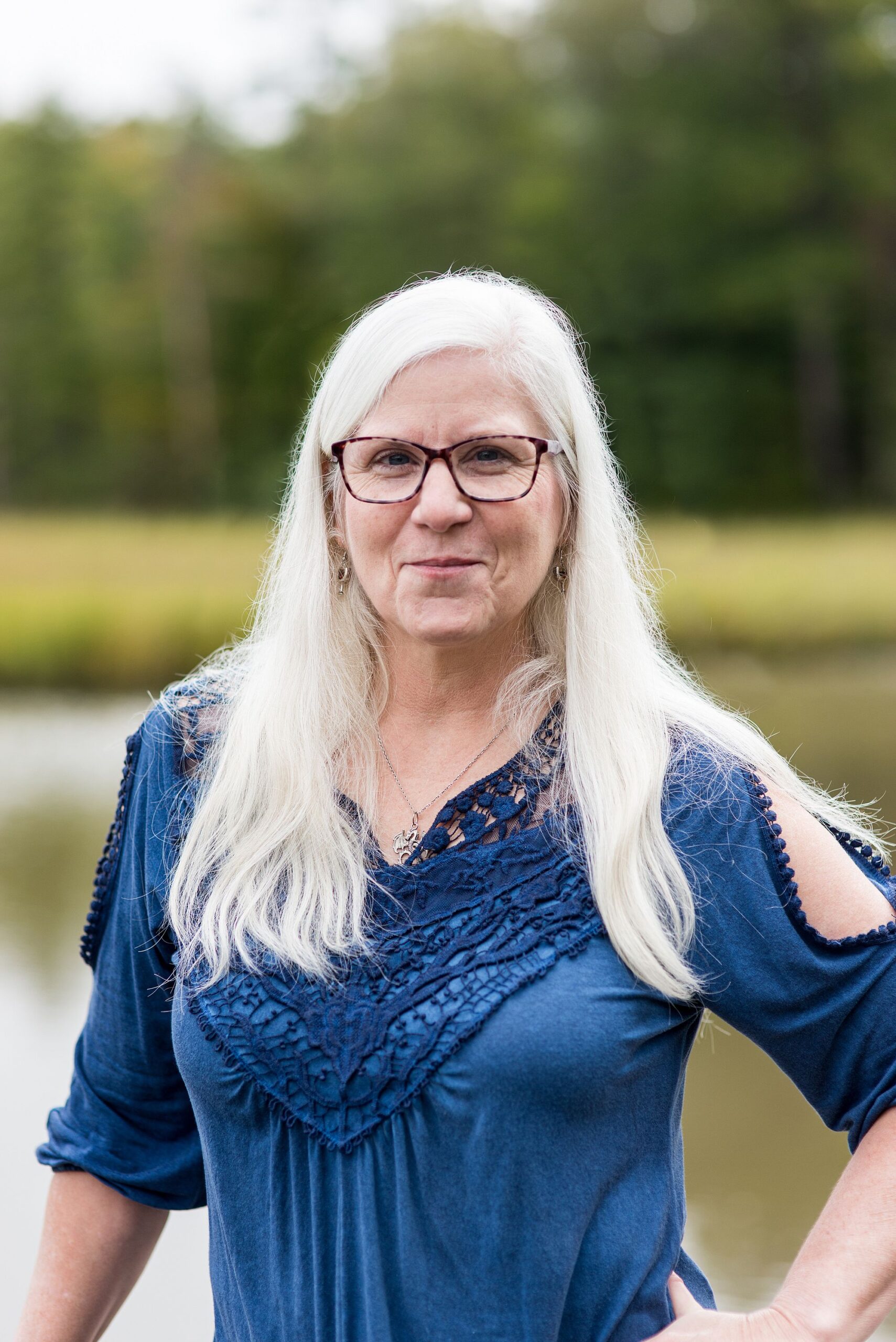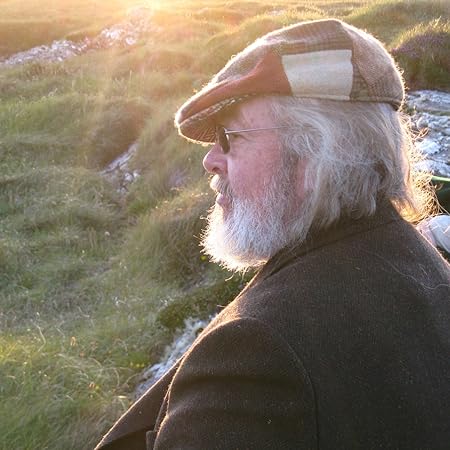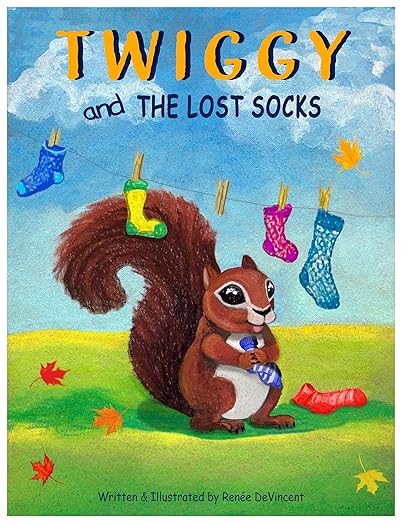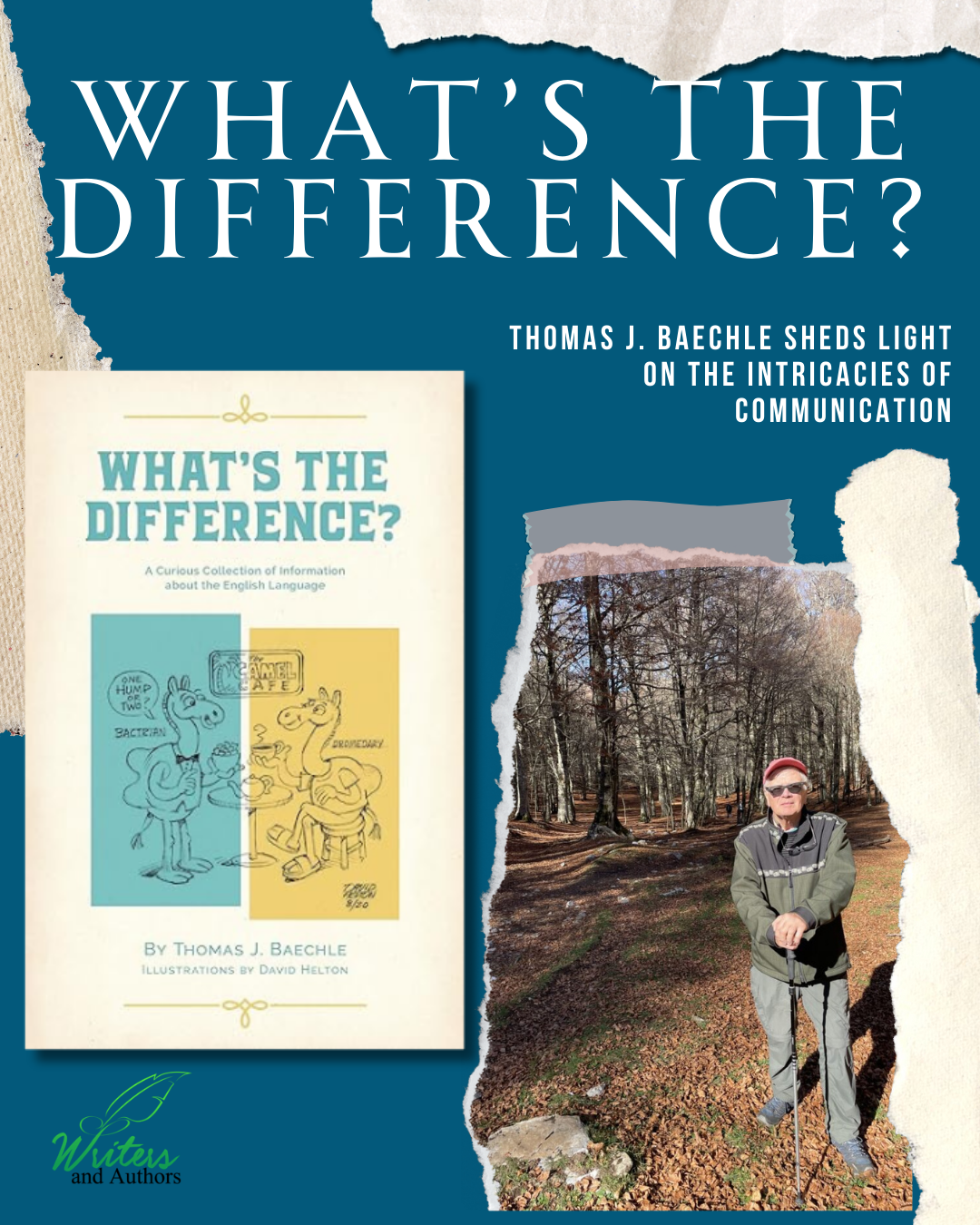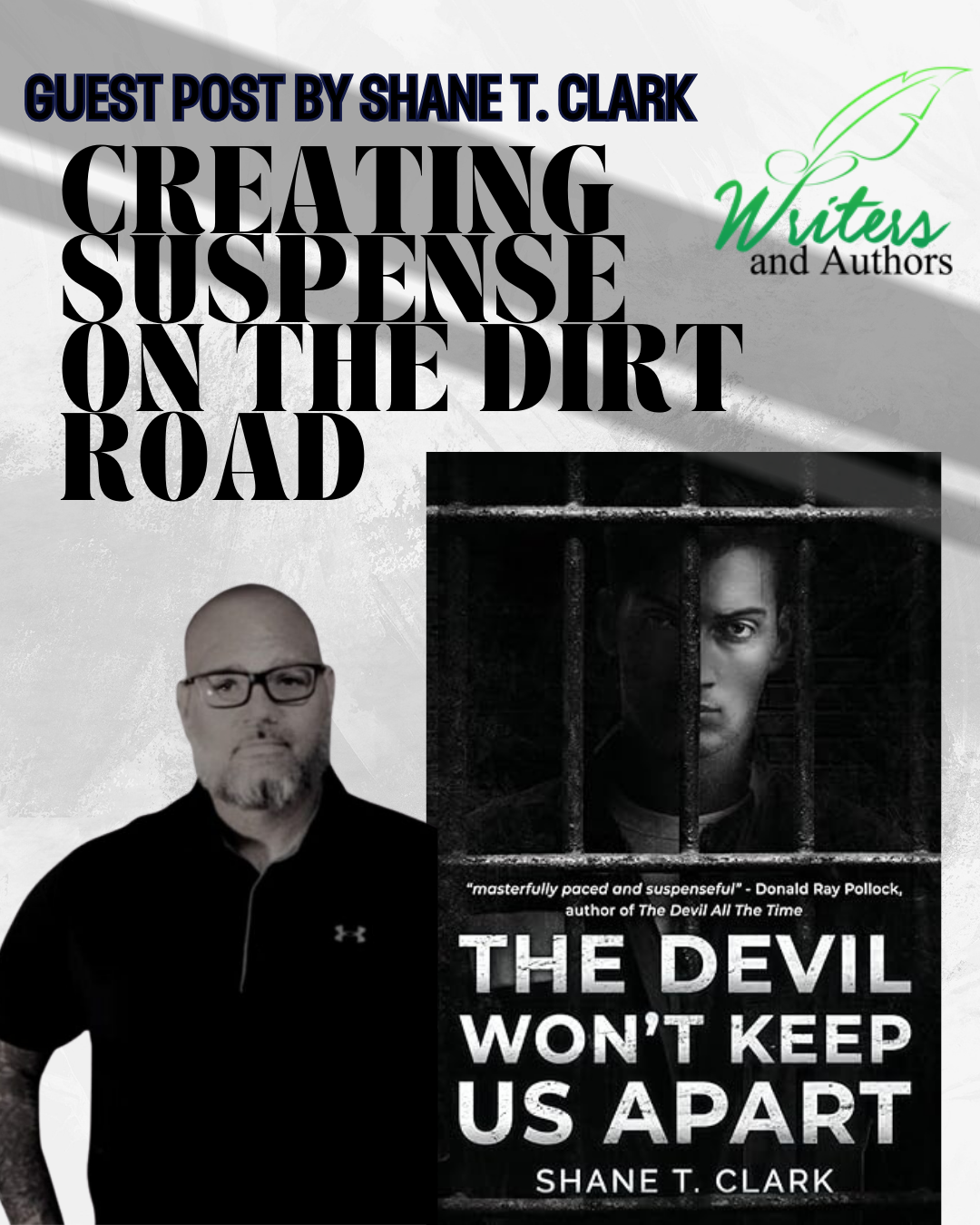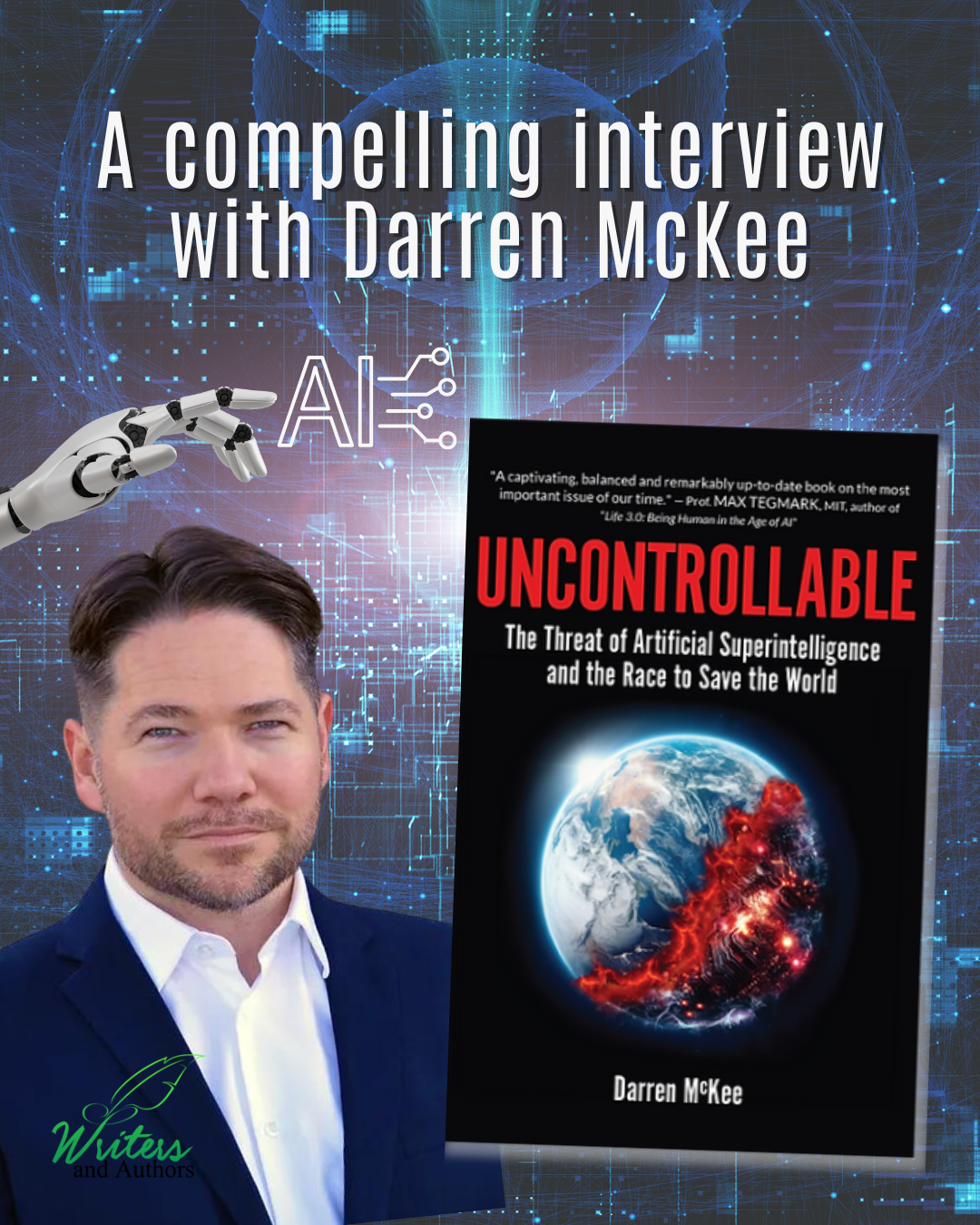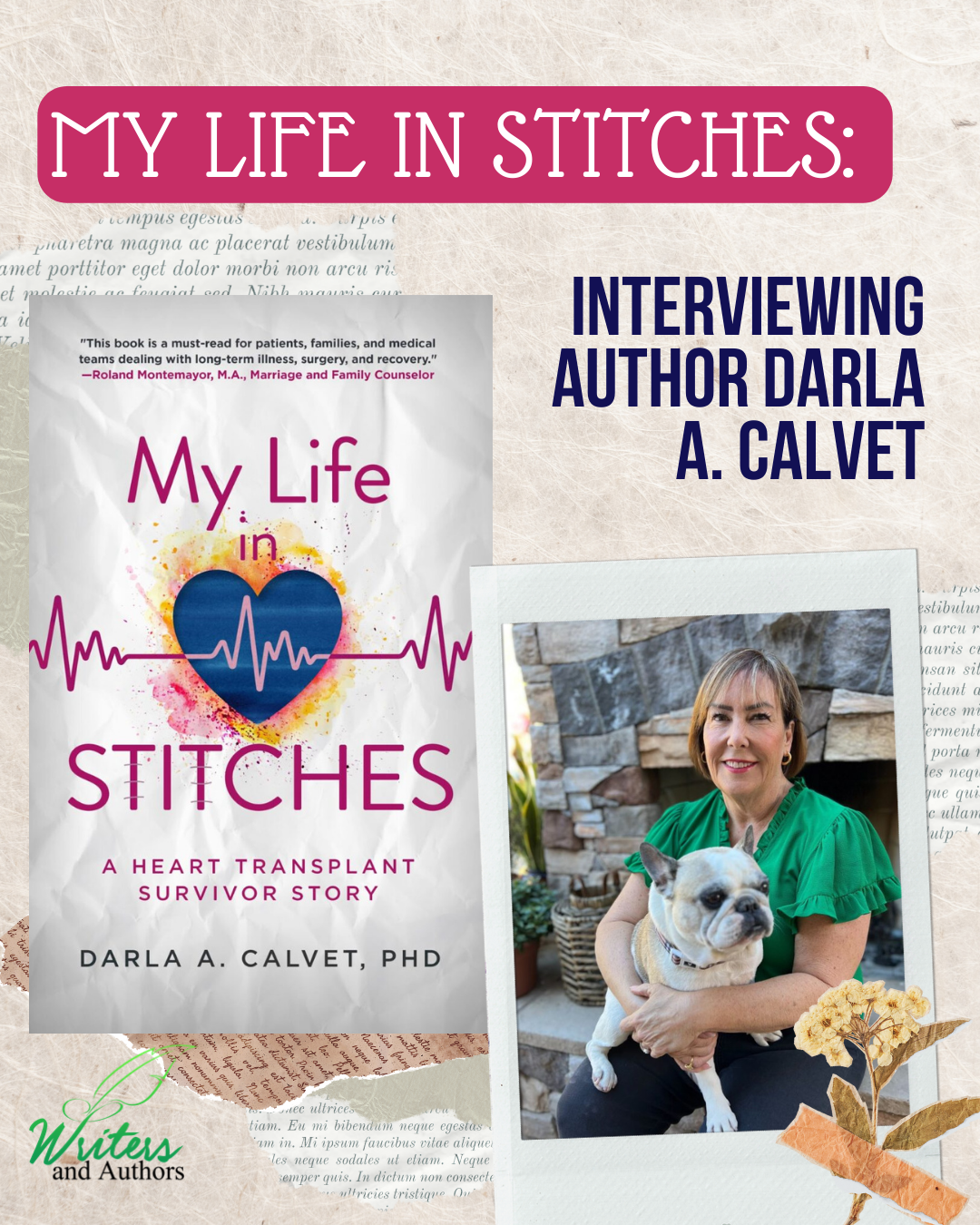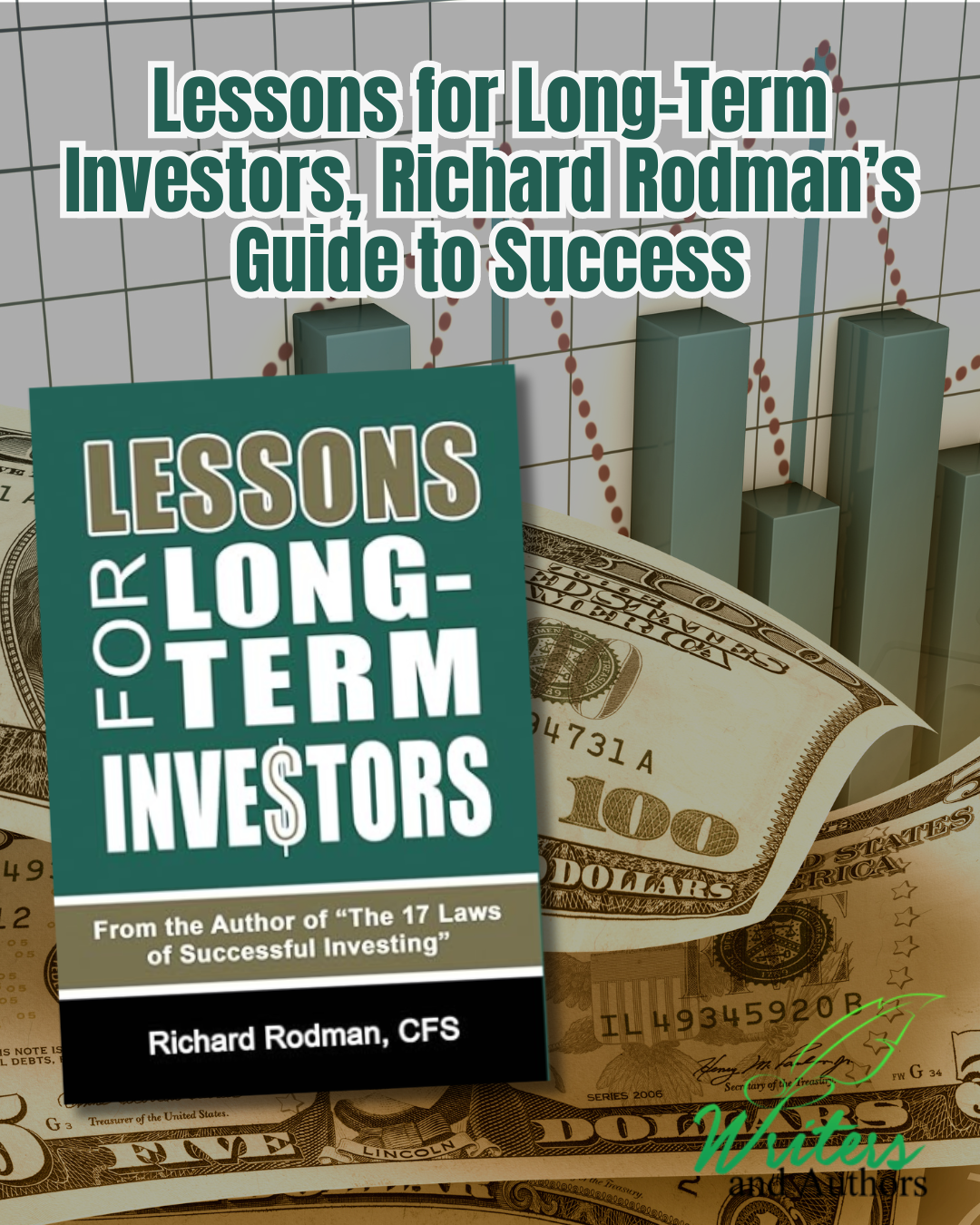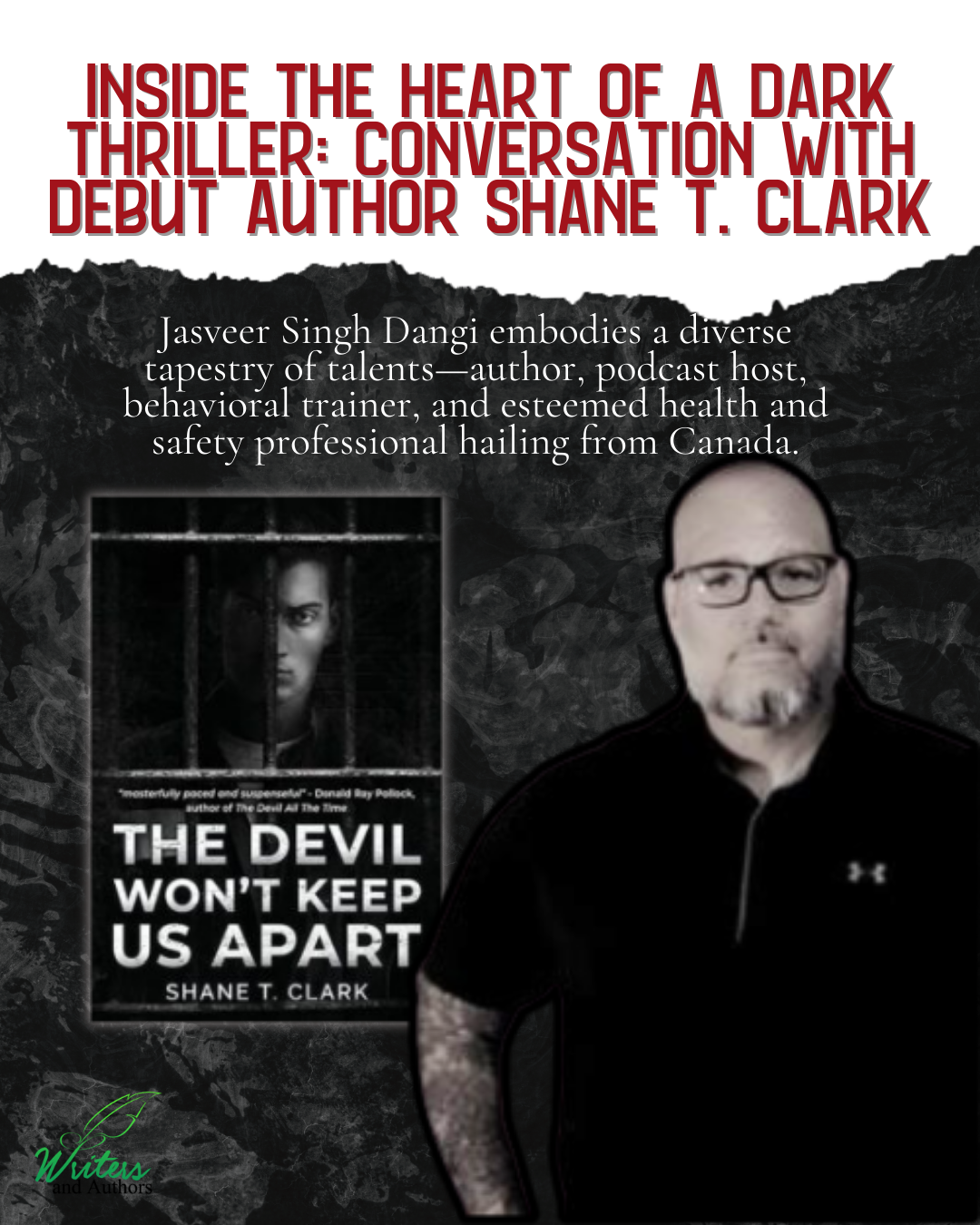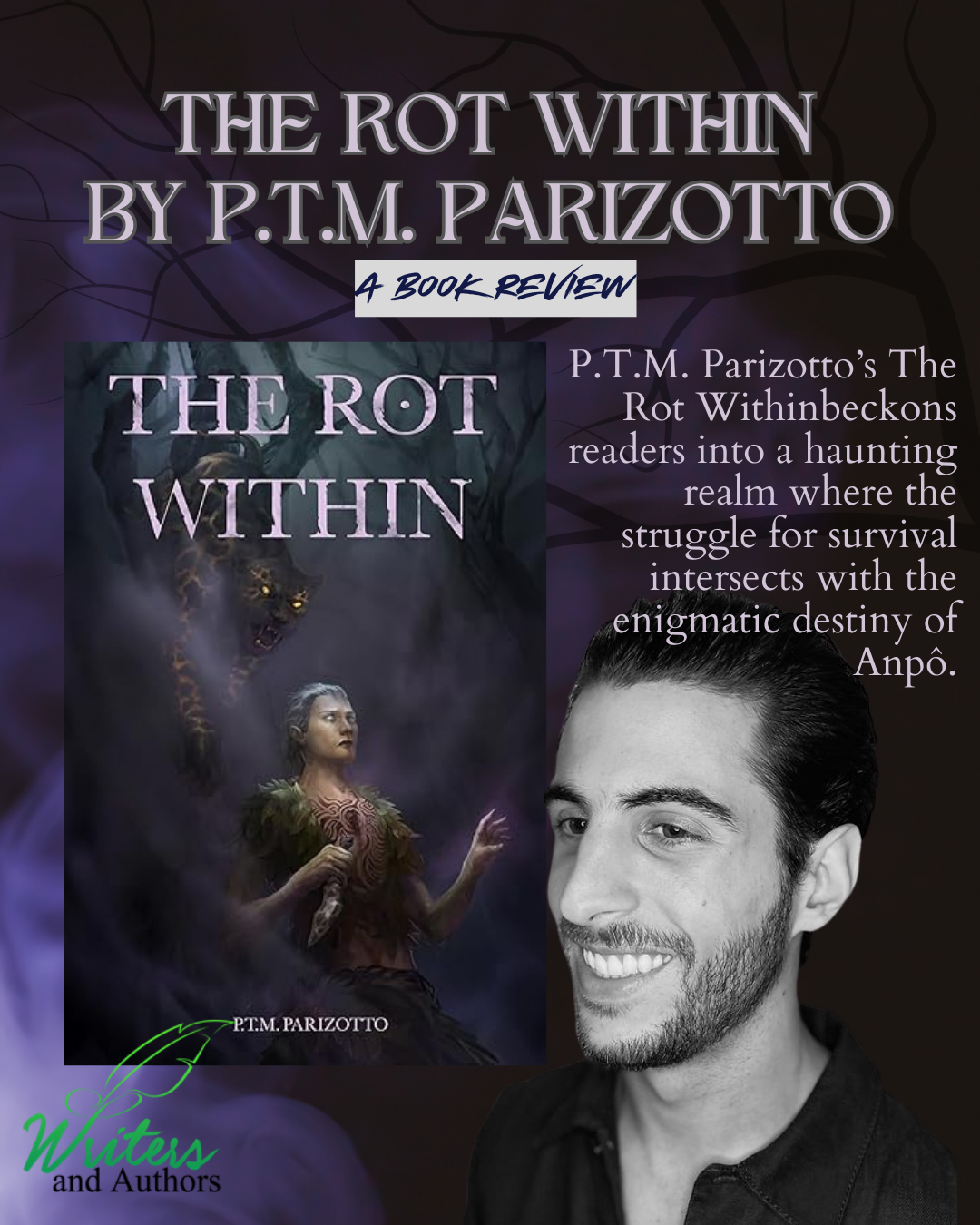PLEASE NOTE!! This is a Video Transcript there are spelling error and punctuation errors and its a bit choppy, its a video transcript so there does end up being editing issues, we thought the content itself was worth the read and thought we would share it, however since it’s not our transcript we didn’t edit. Thank you for your feedback WritersNAuthors.com
So you want to write a book. I know the feeling I & # 39. I’ve been writing books for more than 40 years. Now there’s, a lot of people out there on the internet and elsewhere. They will try to tell you that reading a book is easy.
You can do it fast. They & # 39. I’ve, got five steps to writing a best-seller. I’m, not promising you a best-seller, but I do have 13 foundational steps that you’re, going to need to follow. If you’re going to write a book, speed is not the point.
Quality is the point. So the first thing you’re going to want to do is establish your writing space. When I first started, I was a young father and I had no space. I had to take a plank and put it between two kitchen chairs, which i set in front of the couch in the living room, and then i sat on that couch in front of a manual typewriter and that’s.
How i worked at that was my space. Wherever it is established, it could be in a starbucks, it could be in your car if you have to, and you should never say that you don’t have a place to write. I can remember being in the newspaper business, there were 40 of us in the same room and back in those days, people smoked in that room.
So we had smoke, we had noise, we had clacking typewriters a writer and write anywhere, but you want to establish what you need. So if you need solitude, make sure you find a place in your house where you can shut the door or you can turn off media and you can have privacy and silence and whatever you need to write and the more you can afford the better you’ll do as far as equipment and space.
A second important step is to assemble your writing tools and really you don’t need too many say your writing in a restaurant. All you need is your laptop and a comfortable chair. Now you may have to take whatever chair: they’ve got but learn how that works.
For you do you need to take cushion from home, so you can sit up straight. Your back and your neck are important to your writing. You’re, going to be spending a lot of hours in front of that computer.
So don’t scrimp on your computer and when you’re home don’t scrimp on your chair and then make a list of all the things you’re going to need. While you’re, especially at home, if you need paper clips or a stapler or whatever make sure you have all those within arm’s length, so you don’t, get distracted by having to look for things when you Knew there’s, a third important thing you want to do is to break the project into small pieces.
The reason that writing a book seems so colossal is because it is writing a book is akin to eating an elephant. How do you eat an elephant? One bite at a time so break the task into as many small pieces as you can.
You have to realize? Yes, it’s, a 4 or 500 page manuscript in the end, but that’s, made up of sentences. Paragraphs chapters just doing the one at a time that’s, the way to get a handle on it step number.
Four is to settle on your big idea, and it needs to be a big idea if it’s book worthy it’s, going to be big concept. We don’t have any room in the marketplace anymore for small concept, book ideas. If it’s, small use it for a blog or an article, but think how to win friends and influence people.
If you’re thinking, nonfiction think Harry Potter. If you’re thinking fiction, it has to be big. I can’t overstate the importance of this. If you try to write a book before and you ran into a roadblock at the 20 or 30 day mark, or maybe the 20 or 30 page mark, it could be because your idea wasn’t big enough.
How do you know if your idea is big enough and if it has legs, if it stays with you, if you tell your spouse or your friend what your book is about, and every time you tell them, it gets bigger that’s, a book That’s going to last in the marketplace too.
Step 5 is to construct your outline and, as you can see, I’ve done that on my way forward here for you now. This might sound surprising for me to talk about outlining when I’m known as a pantser one who writes by the seat of his pants Stephen King, is the best known writer who’s a pantser.
He says, put interesting characters in difficult situations and write to find out what happened. I like to do that. So people think I don’t outline at all, but even we fiction writers who are Panthers have to have some sort of idea where we’re going, even if it’s on one side of one sheet of paper.
Give yourself some direction of where you’re going now. Some people, especially if you’re a beginning writer, your editor or your agent, may need to see an entire synopsis of your novel idea. So you & # 39.
Ll have to do more of an outline than you might have to do later, and agents and editors demand outlines for nonfiction there’s. No writing a nonfiction book without an outline. They want to know what you’re, going to say how you’re, going to say it where you’re, getting your information and what your points are going to be.
Now we often talk in fiction about the marathon of the middle and how that stops: everybody that’s. One of the places that I stopped to I mean I’ve written over 190 books and I every time get to the halfway or 3/4 point, and I wonder why did I ever think I could do this.
That’s. The marathon of the middle and it you can’t just survive it or endure it. You have to thrive in it because the reader is right with you. If it seems boring to you, your reader is asleep so, and this happens to be true of nonfiction as well.
Now you’ll. Take care of that with your outline and nonfiction. You & # 39. Ll know that your middle has enough good stuff. In it in fiction, especially if you’re, a panther, you better be sure you’re saving a lot of big setups and payoffs for that medic marathon in the middle, and you can do the same in nonfiction that the same structure Works for nonfiction is fiction.
You don’t, have the same number of elements as far as tension and conflict and dialogue and that type of thing, but you still need to set up in the payoff, make your non-fiction book say you’re. Writing a nonfiction book about how to build a model ship.
You need to set it up so that it looks impossible until your specific solution comes through. That’s. Your setup and payoff and remember don’t, be intimidated by an outline. Your outline serves you not the other way around.
If you & # 39, ve got an outline and you find yourself drifting from it or you think the book is working, a different, better change. The outline don’t change. The book make your outline and work for you, okay.
I’m back to my desk for point number six and that is to set a firm reading schedule that includes a firm deadline that you keep sacred. This isn’t a thing that hangs up too many beginning writers. They don’t, have a publishers deadline, so they have to set their own, and sometimes we tend to fudge on our own deadlines.
Make sure you don’t? Do that keep your deadline sacred now, the way you do that is you figure out roughly how many pages you’re gonna, be writing for your book if it’s 300 400. 500 divide that into the number of days you’re allotting yourself to right now this may change once you get started and realize how many or how few pages you can write per day, if you schedule yourself for 10 pages a day, in fact, You’re, really not comfortable with more than four or five change.
Your schedule change your deadline, but once you get it locked in keep it sacred. When I was a publisher, I found that only about 1 in 100 writers literally meet their deadlines. If you just do that, you set yourself, apart from ninety nine out of a hundred writers, don’t make the mistake of thinking you’re gonna find the time to write.
When I have to write, I have to have something sacrificed from my schedule. Is that an hour or two of sleep at night is it a concert? Is it a ballgame? Is it a movie? Is it a favorite TV show how bad do you want this? I schedule my days right on my calendar on my computer.
I have a color coded. It’s in pink and you’ve caught me when tomorrow I have to reach the 70,000 word mark. I have that target there. I’m at the sixty seven thousand five hundred mark now, so I’m gonna have to write twenty five hundred words tomorrow and if I do that for five more days, I’m gonna make my deadline Because I keep that deadline sacred point number seven is to conduct your research.
Now everybody knows that you need to do that automatically for nonfiction. You have to be an expert in what you’re writing in and not just drawing their own experience, but also show that you immersed yourself and all the writing in your field.
But a lot of people miss the fact that research is just as important for fiction. In fact, I think it could be even more important if you miss a small detail of history or aircraft or weaponry. You can be sure readers are going to point this out.
Specificity lends credibility to fiction and fiction needs to be believable. Now, once you’ve done your research, you’re, going to be tempted to show that off to the reader. You want to resist that urge your research is not your main course.
The story is the main course. Research is the seasoning that adds that specificity. That gives you credibility and believability. I’m using a world history chart for my current project because I’m, covering from 2000 BC to the present day.
I need to know when the patriarchs were born and when they died and how they overlapped so make sure your research becomes seasoning and that it’s right, because readers notice step number eight is to write a compelling reader.
First, opener give it the time it deserves, because if you can pull off an important compelling first line, it will set the tone for your entire book. You probably won’t, write a more important line than that first, one.
Now most first lines fall into one of these categories: surprising, dramatic statement, philosophical or poetic. I’m, not going to give you examples of all of them, but let me just do that for the first two / surprising, opening in fiction, George Orwell & # 39; s, 1984 begins.
It was a bright cold day in April, and the clocks were striking 13. Would that keep you reading it would me in nonfiction Elizabeth Gilbert wrote the last American man. Her first line was by the time Eustace Conway was seven years old.
He could throw a knife accurately enough to nail a chipmunk to a tree now for dramatic statement. I’m sure you’ve, read Toni Morrison’s; paradise! Remember that first line they shoot the white girl. First, that’s, a dramatic statement.
Now, let me read you the opener to my work in progress. I’m, not putting it in the category of these classics, but here’s, how I start it’s. Your mother, Nicole Berman’s. Father, said over the phone she rose from her desk at the sound of his voice.
What happened, hopefully, that’ll, keep you reading now. What do I mean by reader? First, every decision you make in your manuscript should go through that filter of reader. First, not you first, not editor; first, not agent; first, not reviewer, first, not critic! First reader.
First, whenever I have readers tell me that they really liked a book of mine. I think back to that motto. Think reader first, that I often will tack write to my screen on a sticky note. I wanted to be the best most compelling most moving most emotional experience.
They’ve ever had because I’m thinking. Reader, first, not anybody else. First, so think reader first last and always step number. Nine is to fill your story with conflict and tension. Readers crave tension and yes, this applies to nonfiction as well.
Almost every time a writer shows me their manuscript and says I don’t know where to go from here. It’s because they got to a point where the people on the page are agreeing with each other too much, and we like that in real life.
It’s, nice to have Pleasant conversations, talk with your spouse over a meal that you’re talking about how nice a day it is, and what you’re going to do there’s, nothing more boring In fiction than that, so what you want to do is inject.
That confident have one of those characters say something totally off-the-wall. Maybe once this isn’t it a beautiful day and the other one says. Oh sure, you would say that all of a sudden, the reader and that character are going.
What was that about? Where did that? Come from that’s conflict? What’s, the problem in their relationship? What’s? The underlying tension that caused that conflict that will keep people turning the pages, and you want to do that on every page.
Even if it’s, just a matter of someone setting up an appointment, they need to see the doctor tomorrow. There’s, an implication there that something’s coming up. Otherwise, why would the author put it in there now in nonfiction? How do you do that? You don’t want unpleasantness, it doesn’t have to be something negative.
It doesn’t have to be a battle or a war, or a fight. Conflict and tension come up in nonfiction simply by promising and then delivering setting up and paying off some of the best nonfiction writers and ones who have spent the first.
Several chapters promising you what you’re, going to get when you finish reading this book and then they deliver step number ten is to turn off your internal editor. While you’re writing your first draft, most writers, I know, are perfectionist s –.
I happen to be one too, and so we have that inner critic sitting on our shoulder telling us what’s wrong with every word. We write that inner critic is just you or me, and that critic needs to be told to shut up.
Now is not the time to be criticizing. Your own work always save your editing until the next day, at least and the longer you can wait between when you write it and when you headed it the better for the end product.
This is the opening pages of my work-in-progress dead sea rising. My next now I wouldn’t show this first draft, my worst enemy, I don & # 39. T worry about cliches redundancies lacks of logic. I need to get the story down so turn off, that internal editor get your story down and then tell yourself that the next day you can put your perfectionist cap back on and have at.
It remember in point number five when I mentioned the marathon in the middle, I want to make that point eleven and hit that again, because if there’s any place, you’re gonna quit it’s, going to Be during the marathon in the middle, this is the toughest spot for me as well.
I’ve written over 190 books in 40 years. I hit the marathon in the middle every time and I wonder why did I get into this business? The problem with the marathon of the middle is we’ve all got great ideas to start, and we can’t wait to get to that big finish.
But now we & # 39. Ve got a couple hundred pages in the middle to fill and, if you just start patting it in fiction with extra scenes or nonfiction with extra points, your reader is going to drop off the page.
This is where you don’t just survive. You thrive, for instance, in my current work in progress dead, sea rising. This is a long novel. Eighty thousand words, so the marathon in the middle is a good stretch.
How I solved the problem of not letting it flag in the middle is to alternate from 2000 BC to present-day and even back to Vietnam, and I’m setting up my payoffs so well in the middle that I can hardly wait to get to The ending and the ending will work better because I didn’t just persevere through the marathon.
I just arrived step number 12 is to write a resounding ending. You want your book to end the way a Broadway play ends when that curtain comes down with a satisfying thud. I’m working on my 195th book, so I’ve got over a hundred 90 books here that all had to have endings that worked.
Two-Thirds of my books are novels, one-third are nonfiction, so even nonfiction has to have that great ending. How do you make sure your ending doesn’t fizzle? You give it the time it deserves. I had talked to a lot of writers who’ve written their entire manuscript to get to the end and they rush it or they say.
I just don’t know how to make it work. Don’t settle for second best if it takes longer to write your ending than the rest of them. Now we’ll put together, or the nonfiction book put together. Do it do whatever it takes to make it work, and if you & # 39, ve got several ideas for how what might be best go for the one that is the most emotional, because readers remember what moves them.
My last and most important point step. 13. Is that you need to become a ferocious self that occur? What does it mean to be ferocious? You know what it means. It means to be aggressive. Everything else is for naught if you don’t polish, your manuscript to the point where you’re happy with every word that doesn’t mean it’s, going to be perfect or that you don’t need an editor if you should place it with a publisher, but you need to polish that thing until it sings why? Because agents and editors can tell within two minutes whether your manuscript is going to be worth reading or rejecting that doesn’t sound, fair and maybe it isn’t fair, but they have so many things to read.
The competition is so vast; they’ve learned to be able to tell within a page or two whether this has potential or not. That puts all the onus on you to self-edit people said. Should I pay an editor if you pay an editor? What is the publisher buying your work or someone else’s? Learn to edit yourself cut to add power.
I have the list of 21 self editing tips. You can find him at Jerry Jenkins com. I’ve, been so blessed in my career that I love to pay it forward. So I’m, sending out free writing tips and writing blogs.
You can find all that at that website and you’ll, be ready to go [ Music ]. You
Who wants to save their time , I am writing them down here the tips told in the video: 1. Establish your writing space- 0:29 2. Assemble your writing tools- 1:31 3. Break the project in small pieces- 2:12 4.Settle on your big idea- 2:41 5. Construct your outline- 3:30 6. Set a firm writing schedule- 6:03 7. Conduct your research- 7:50 8. Write a compelling reader first,opener- 9:00 9. Fill your story with conflict and tension- 11:08 10. Turn off your internal editor.(while writing)- 12:45 11. Don’t quit during the Marathon of the Middle- 13:51 12. Write a resounding ending- 15:05 13. Become a ferocious self editor- 16:07
